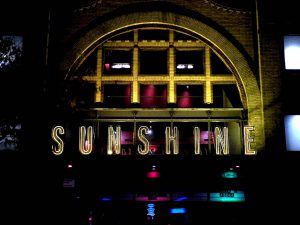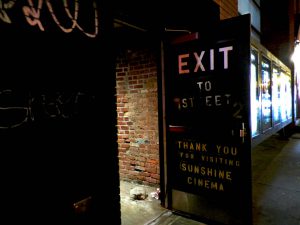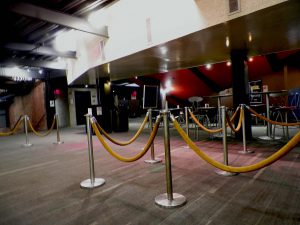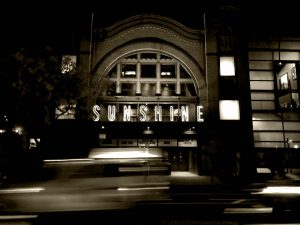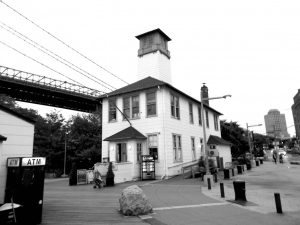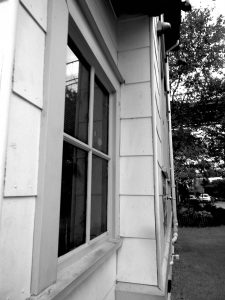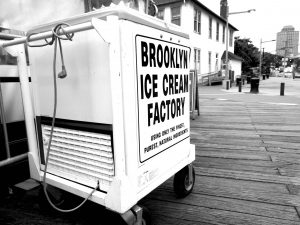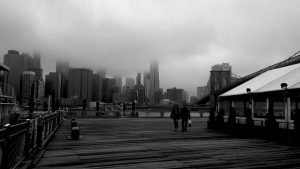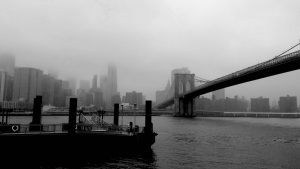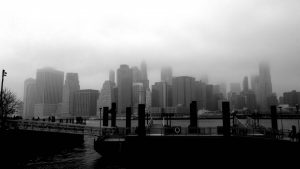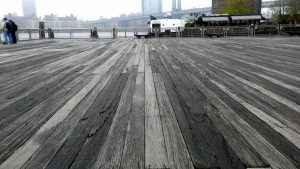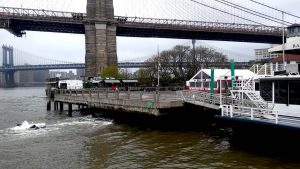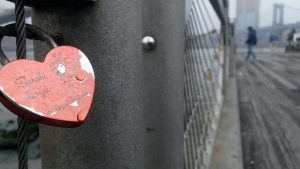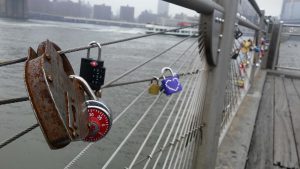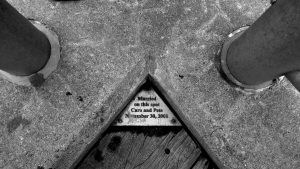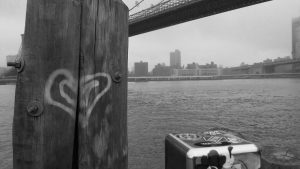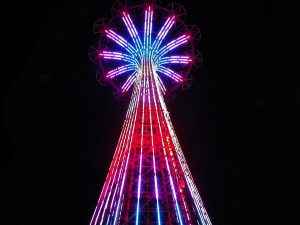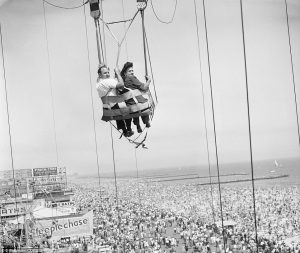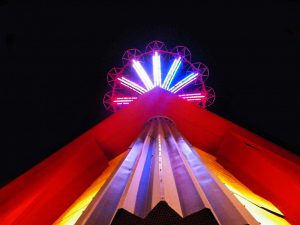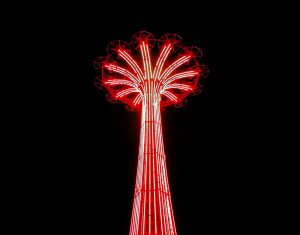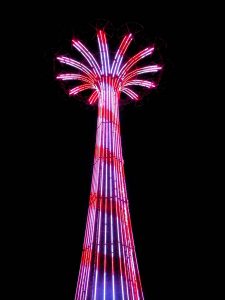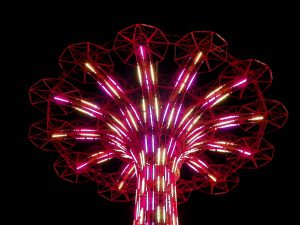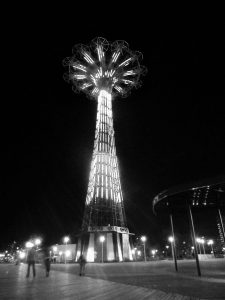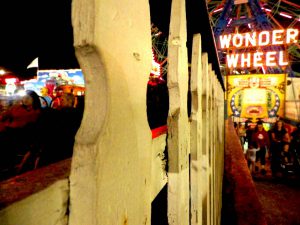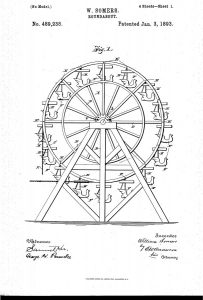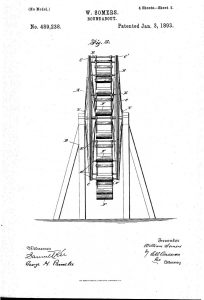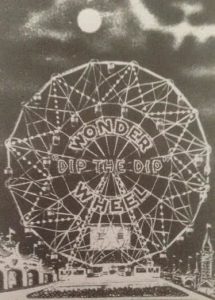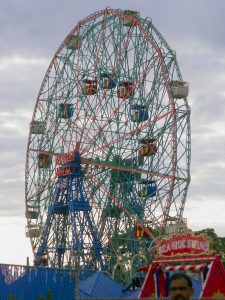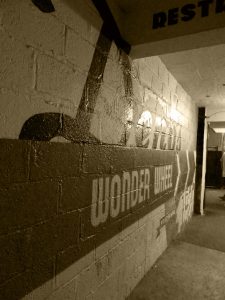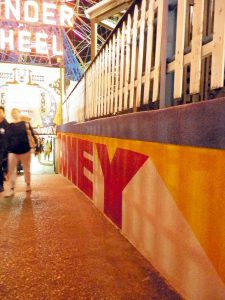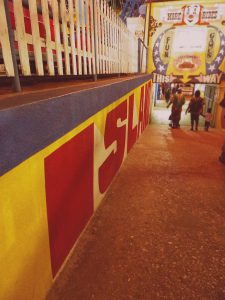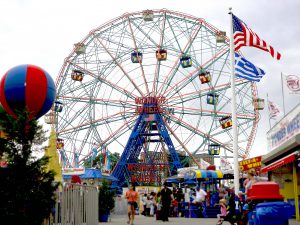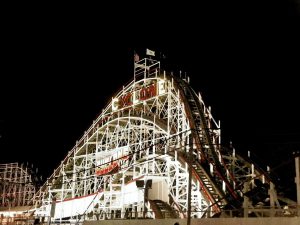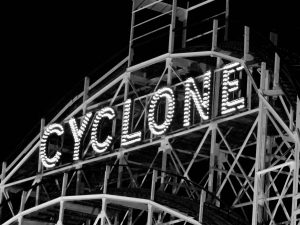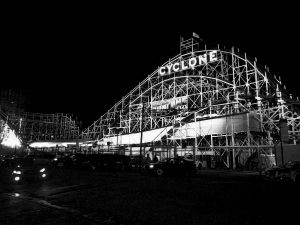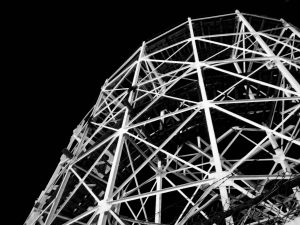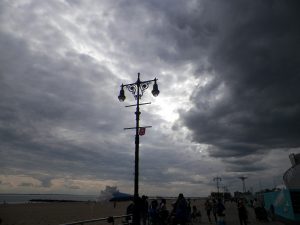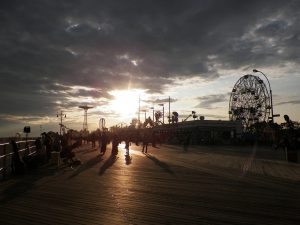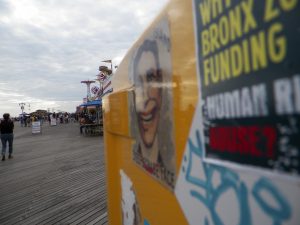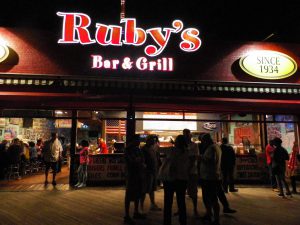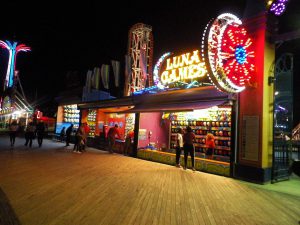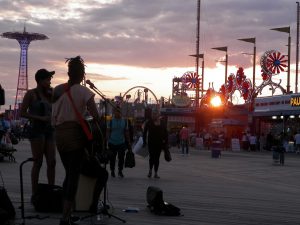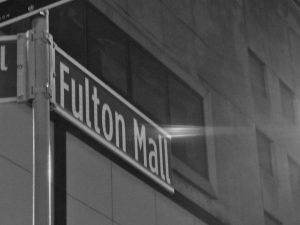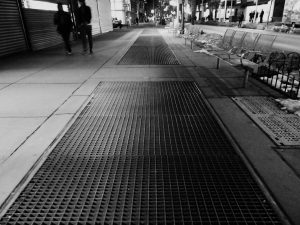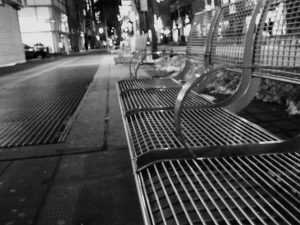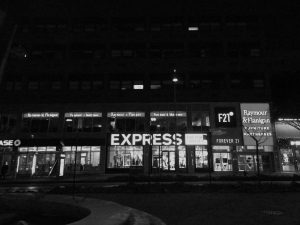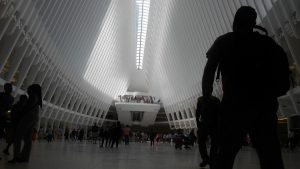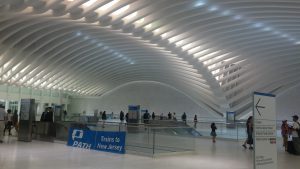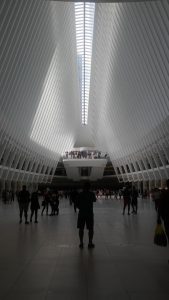On the Lower East Side resides the beloved Sunshine Cinema. It lives nestled in the East Village, serving the lovers of indie films. It has seen years of popcorn, sodas, stolen kisses between the aisles, laughter, suspenseful gasps, quiet sobs, and so much more. Drenched in history and love from the regulars, this theatre deserves to be known. There is more that meets the eye with Sunshine Theatre; it might look contemporary with a tongue-in-cheek type of reassurance to the more classic style of older movie houses, simply because it is. But below the entire building lies the richest soil of cinematic antiquity.
According to Cinema Treasures, way back in 1898, on the exact location of Sunshine Cinema, stood its first cinematic predecessor; it was called the Houston Hippodrome. This theatre showed Yiddish vaudeville (song and dance shows; burlesque) films and performances. By 1916, the building was closed and demolished, ultimately making space for a new theatre to take its place. It opened in 1917 and could seat six hundred people at maximum occupant capacity; it was called Chopin Theatre. It stayed in business until its unfortunate closure in 1945. Due to the decline of the economy, common businesses of pleasure were weeded out of society. The lot was then turned into a hardware warehouse. For about fifty years the old theatre was an over-sized container for supposedly more necessary things; its true potential, hidden underneath loads of a variation of metals, plastics, and paper.
In the late 1990’s, it was proposed to be revitalized as a theatre once again; releasing the lot back to its innate state. Landmark Theatres took the proposal, making a New York City chapter of the well known independent movie theatre chain; they would call this theatre, Sunshine Cinema. After three years and twelve million dollars of renovation, Tony Pleskow, Tom Rael, Lorenz F.J. Weiher under the Pleskow + Rael architectural firm, designed the interior, and TK architects, provided the structural design; together they finished the theatre. Sunshine Cinema opened its bronze clad doors to the public on December 21, 2001.
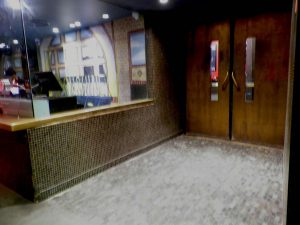
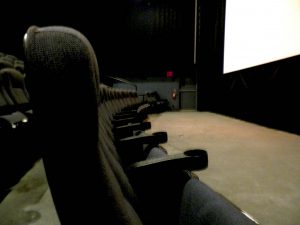
The cinema house has more to offer than classic theatre munchies, decent stadium style auditoriums, and a basic circulation. Everything was well-planned; creating a multi-dimensional movie experience. The ground floor houses the cafe/concession area; suited with bistro-style chairs and tables. Japanese rock gardens are dispersed throughout the space creating a calming effect to the customers as if walking through those doors were supposed to take you on a journey through time and space, placing you in a realm beyond the average New York City “hustle and bustle”. Like a quiet haven, Sunshine Cinema provides New Yorkers a place to reestablish their sanity with necessary time away from their normal busy lives.
Unfortunately, it has been announced that Sunshine Cinema will be closing when the lease expires in January 2018. The building has already been sold to the K Property Group for thirty-one million five hundred thousand dollars. The Group plans to renovate the space, making it suitable for a mixed use of office and retail. Landmark Theatre, itself, has officially and successfully moved to a new location on West 57th street inside of BIG’s (Bjarke Ingels Group) VIA.
Eventually, January will arrive and Sunshine Cinema will have to close its doors indefinitely. For those who are saddened to depart with the cherished theatre, all hope is not lost. We have not a clue what the future holds and this lot has always had a way of rediscovering its inherent nature of being a theatre regardless of time and social adversary. In a few months we will have to say our final goodbyes to Sunshine Cinema or at least goodbye for now…

